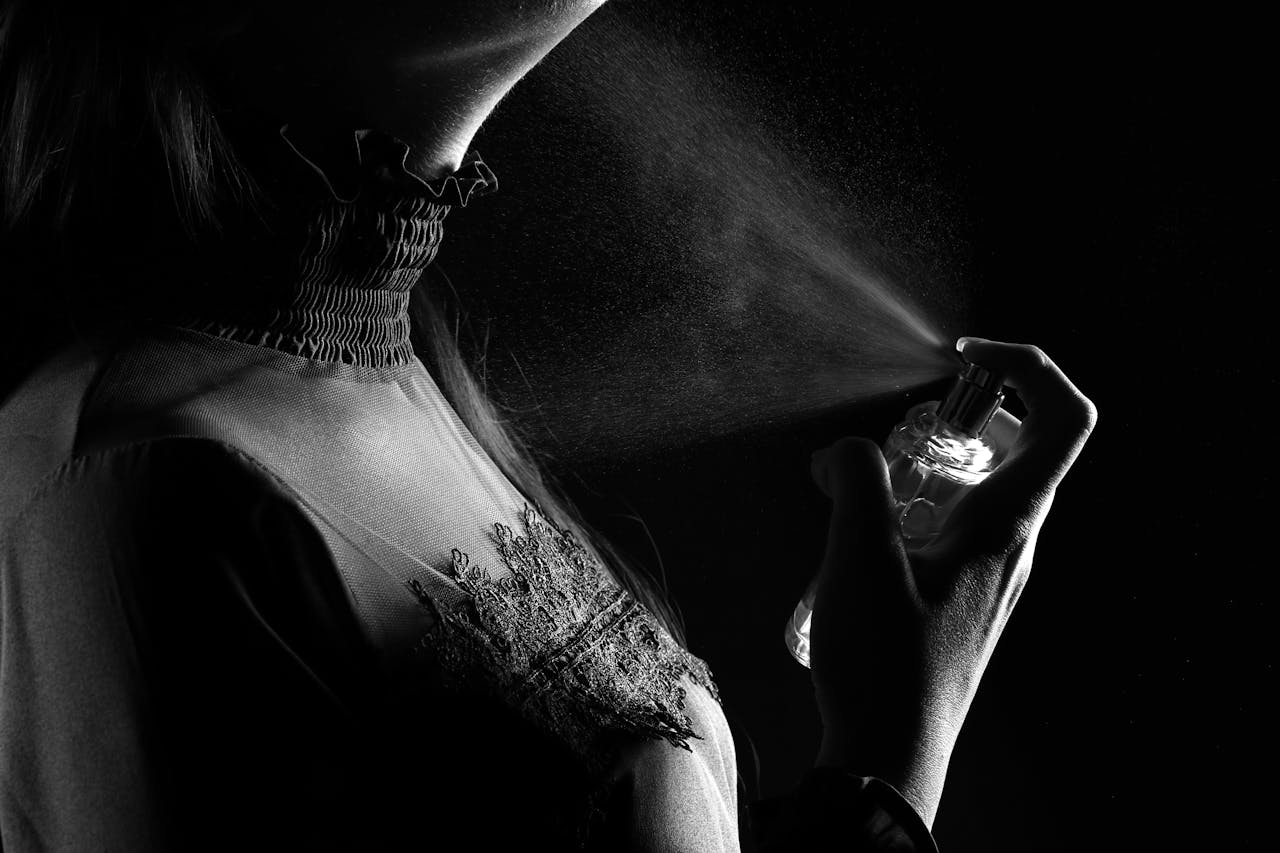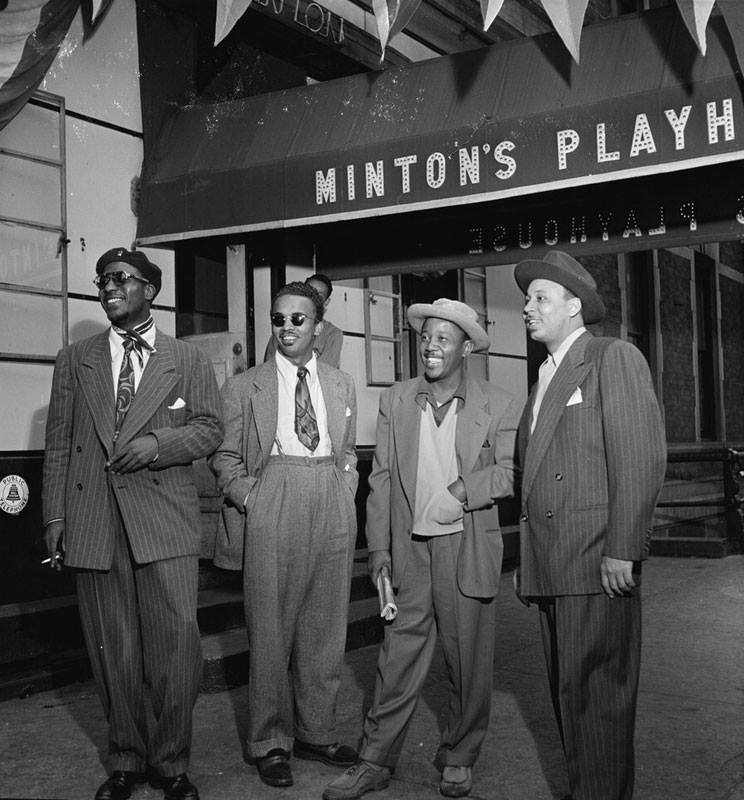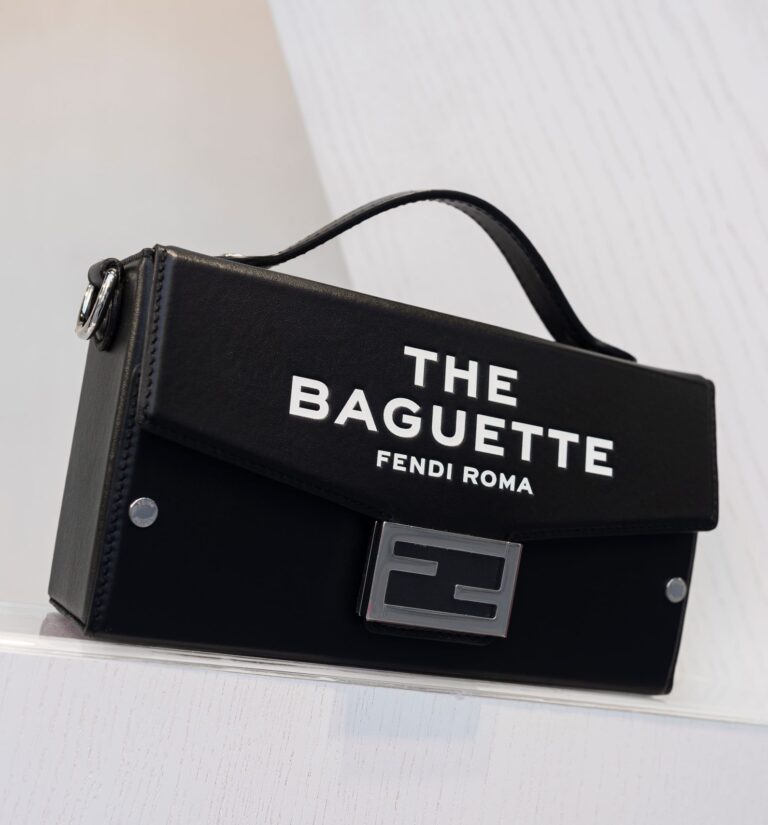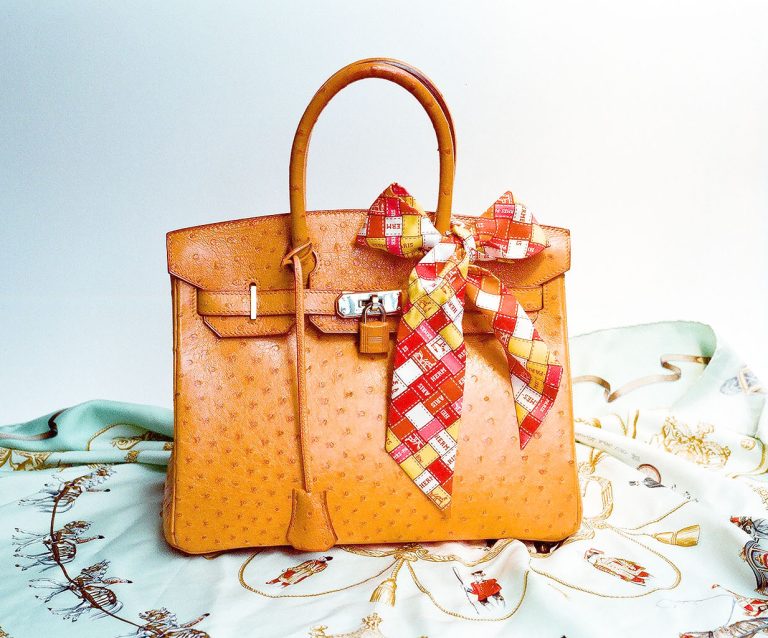“Opium—for those who are addicted to Yves Saint Laurent,” reads the tagline of one of Saint Laurent’s most controversial fragrances. The perfume’s name has remained unchanged since its launch in 1977 and continues to provoke to this day.
Yves Saint Laurent introduced “Opium” as an intoxicating, oriental scent with notes of sandalwood, jasmine, and vanilla. The bottle—inspired by a Japanese inro, a traditional small, decorative case for carrying trinkets—added to its mystique. From the start, the fragrance split opinions: some fell in love with it, while others were outraged. If “cancel culture” had existed in the ’70s, Saint Laurent would almost certainly have been canceled.
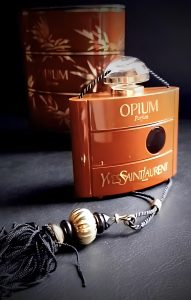
The controversy stemmed from the perfume’s provocative name. Opium, a narcotic substance historically sourced from Eastern countries, was chosen by Saint Laurent to highlight the fragrance’s exotic origins and seductive allure. But not everyone appreciated the gesture. Critics accused the designer of glamorizing drug addiction.
The Chinese community, in particular, took offense. In China, the perfume was banned due to its historical connotations. In the 19th century, Britain’s mass importation of opium into China triggered widespread addiction and sparked the infamous “Opium Wars.” In the U.S., Chinese immigrants demanded a public apology from Saint Laurent and a name change. Yet, all this uproar only fueled the fragrance’s allure.
The scandals surrounding “Opium” didn’t end there. The loudest came in 2000 with an ad campaign featuring model Sophie Dahl. In the provocative shot, she reclined on a sofa, completely nude, sparking a wave of backlash. The campaign was banned in several places, but it reignited “Opium’s” fame, cementing its legacy as the most provocative fragrance in history.
